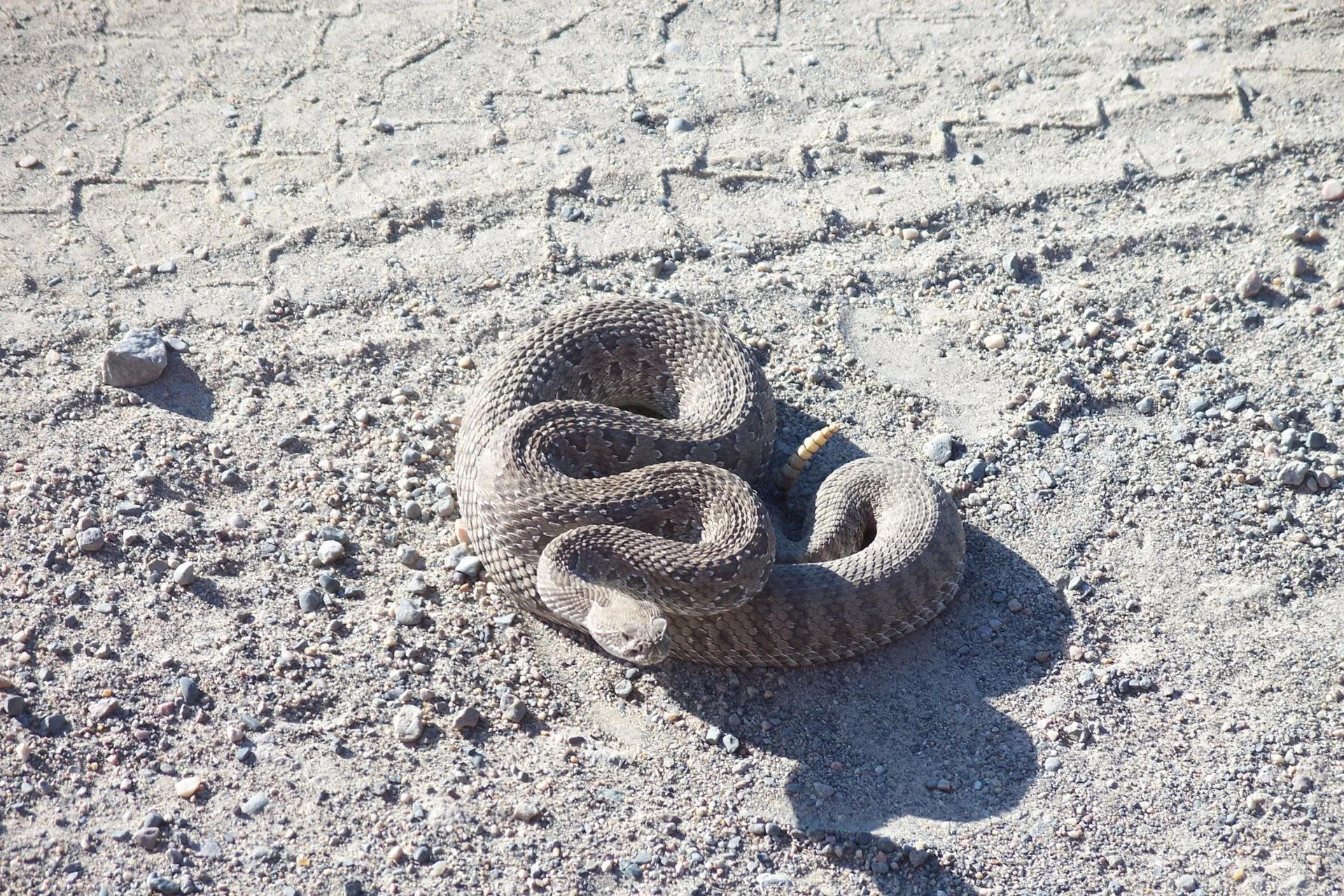Critter attacks are more about worrying than having a deadly encounter. The chances of getting mauled by a bear or bitten by a rattlesnake are small. Humans, horses, dogs, and other pets are always at risk. Being prepared is important in case the encounter becomes deadly.
There have been more rattlesnake encounters and sightings this summer than normal. More Rattlers seem to be around. Vets have been treating more dogs than usual. That could also be because there are also more dogs afield than ever. It will not be until we experience a few frosts before the snake’s retreat into their dens.
Dogs in the field are at high risk of being bitten by a rattlesnake. Most bites are on their face, neck, or noses. Thes highly vascular areas can spread the venom quickly causing your dog to go into shock.
Huns, doves, and grouse season is coming soon. Hunters will be taking their dogs afield in the pursuit of these birds. Rattlesnakes will be prowling about too. Most hunters have used avoidance training to keep the dogs away from snakes. Others get snakebite immunization vaccine shots. These shots will limit the reaction to a snakebite but are not 100% effective. They can also cause allergic reactions. Vets have told me that the shots come from rattlesnakes in Texas, other states, and not Montana. Antivenin is still needed.
A Rattlesnakes bite involves venom and digestive juices. These chemicals immediately begin to dissolve and break down tissue. A “Dry Bite” means that no venom is injected, just digestive juice. Snakes generally prefer not to bite aggressively and rather save their venom for feeding. Pestering or touching the rattlers will stimulate /provoke a strike.

When afield with your pets and kids:
Look and listen for snakes. Know what the various species are so you can make a proper identification. Bull snakes look like rattlers, are very aggressive, and will bite too. These snakes have no venom and eat rattlesnakes.
Keep your dog away from the snake. Use your leash or commands to try and prevent getting bitten. Most bites will be from curious closeness of the dog’s face. For people, bites tend to be feet, and ankle strikes after stepping on or near the snake. Other bites come from reaching for wood, rocks, or gear and being bitten on the hand and arm.
If the dog or other is bitten, keep them calm. Get them clear of the snake. Make a proper identification of the snake. Encounters that I have been near resulted in a dead snake. Pit viper venom binds to tissues immediately and can’t be sucked out.
Limit any movement of the bitten area. You may need to carry the victim. A backpack or gamebag may be useful to make a carry. Using the bite site or activity will allow the venom to spread more quickly. During one incident, I had the dog owner put the bitten lab into the nearby creek and rinse the area. The cool water calmed the dog. This bite never became deadly and was only slightly swollen at the bite site.
The best move now is to get the dog to the vet. First aid is not necessary. Some victims may seem fine, but an expert is the best person to make this declaration. A snakebite is an emergency, so a Vet clinic set up for emergencies is a good choice. Some people suggest administering antihistamine by mouth but there is limited study to support this treatment.

Always know where the closest vets and emergency facilities are in the areas you hunt and travel.
A trained vet will administer antivenin, a biological agent that will neutralize the venom. It will not stop degradation from the digestive juice. Other antibiotics and thorough cleaning are needed.
Early travel into snake country requires precautions.
Montana Grant




